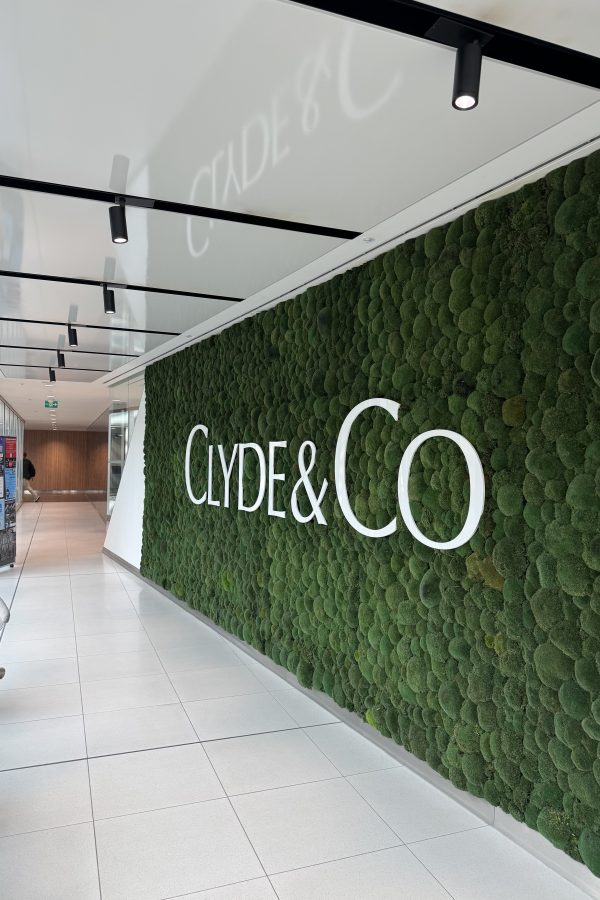With the war for talent showing no sign of slowing down, Seamus Hoar, senior partner at global legal search firm Major, Lindsey & Africa, shares his top tips for a smooth partner onboarding process.
I have always been a little surprised that I am not asked by law firms more often to give feedback following a lateral partner recruitment process I’ve been involved in. This is not because of a narcissistic pre-occupation for praise or a fear of criticism; more, that it might be helpful to the firm and the headhunter.
Perhaps I’ve not been asked for this feedback because many of the top law firms in London are securing partners at a rate which has not been seen before and, by most indicators, the appetite to continue this hiring-fest will continue.
With the talent war showing no sign of slowing down in 2022, businesses that fail to offer a smooth and speedy onboarding process risk losing top talent. Amid fierce competition, lessons can be drawn from the high stakes of onboarding in the legal profession.
Law firm partner processes have, fundamentally, remained the same for many years and there is a reason for this – equity partners own the firm. As such, each partner has a vested interest in the success of a new partner or team; it’s the partners’ money and, therefore, they should have the right to assess the investment decision.
However, hiring high-level partners who come with hefty price tags takes time, which can and does cause the hire to be put in peril. This is frustrating for both parties.
Having experienced almost all eventualities of a lateral hiring process here are some observations.
Point of contact
By far, the best processes are those which involve, amongst others, a single partner and/or an HR professional who has the responsibility of taking care of the candidate/team as they move through various meetings. In a law firm, for example, having a ‘sponsor’ partner can make a real difference in ensuring smooth running of the hire process. In the event the candidate/firm is working with an intermediary, the firm’s point of contact plays a pivotal role in not only guiding the candidate but also is very helpful to the headhunter, and vice-versa.
This point of contact can give feedback; discuss and potentially anticipate thorny points, and has the ability to access his/her partners in a timely manner to gather pertinent information. If there is a good relationship between the point of contact at the firm and the candidate/team, it can offer a “human” aspect to the process. Processes can be highly-charged and so a functioning relationship offers an outlet.
Clarity
There are some firms which nail this point. Either through the headhunter or directly, the firm sets out a clear roadmap of how a process will evolve in terms of what will be required of the candidate/team. It demonstrates confidence and credibility on the part of the firm and affords a courtesy to the candidate. A lack of clarity and connection can easily de-rail a process.
Small things matter
The ultra-competitive market can mean candidates make decisions, positive and negative, on the smallest of matters. In the event a firm does not want to proceed with a candidate after a first meeting, say so. If a firm does not want to proceed after “x” number of meetings, say so. From experience, the PR impact of “no word” from the firm is, at best, not helpful. Additionally, it does help the wheels run smoothly when the interested firm’s partners are prepared for the meeting. Again, experience has shown that the opening question to a candidate of “so, why are you here..?” is sub-optimal.
Pace
A record-breaking number of lateral hires were made in the legal market in 2021, fundamentally driven by client demand. Contrary to initial doubts, technology has played a significant role in the race to hire top talent. Pace in a process is, undoubtedly, advantageous. Pace does not have to mean “quick”, but vast gaps between meetings will inevitably lead to difficulty. Moreover, it may very well be that the candidate is talking to more than one firm. In fact, it is always worth assuming they are.
Show off (a little bit)
Your firm is successful. It has grown with the addition of some top-class talent. Profits per equity partner (PEP) figures continue to rise. The firm has now got a group of partners who are all (approximately) pointing in the same direction in terms of revenue and clients. It’s a good platform across jurisdictions and there is opportunity for further growth; no doubt the list goes on.
Candidates/teams want to move for multiple reasons but, in general, they want to move to “upgrade”. However, a hard-sell doesn’t necessarily work. Understanding the motivation for the move is critical. Once this has been achieved (and it’s a red flag if the firm can’t get a straight answer) then an elegant demonstration of what is on offer by the firm can really engage the hire/team. You must have the right partners at the right time in front of the hire/team – simple, but effective.
There is no single formula to a successful lateral process. Nor should there be. Each business has their own culture and does things in a way which works for them. The above are observations gained from being involved in numerous processes – some complicated, some mercifully straightforward. Importantly, it is equally critical that a candidate/team demonstrates engagement and commitment to the hiring firm.










